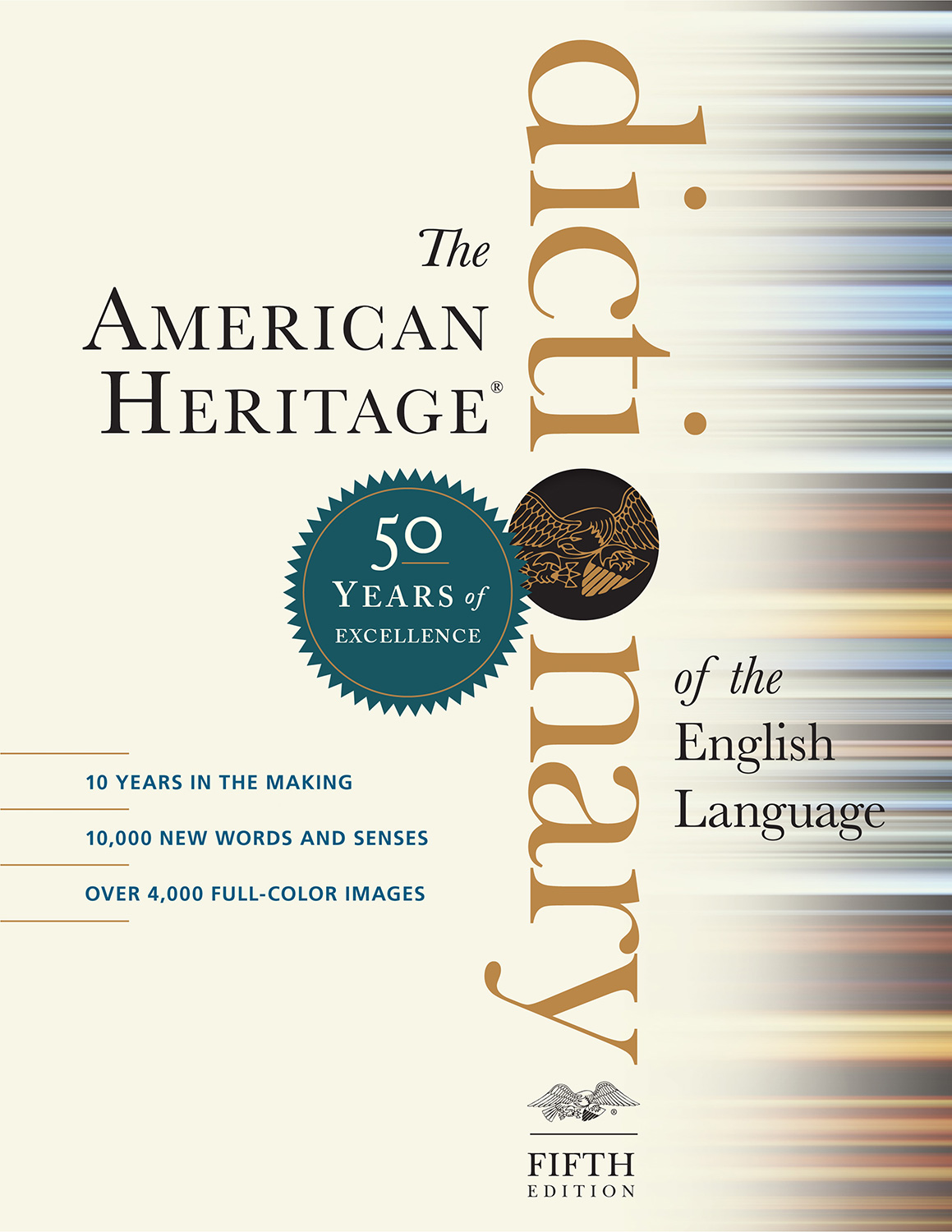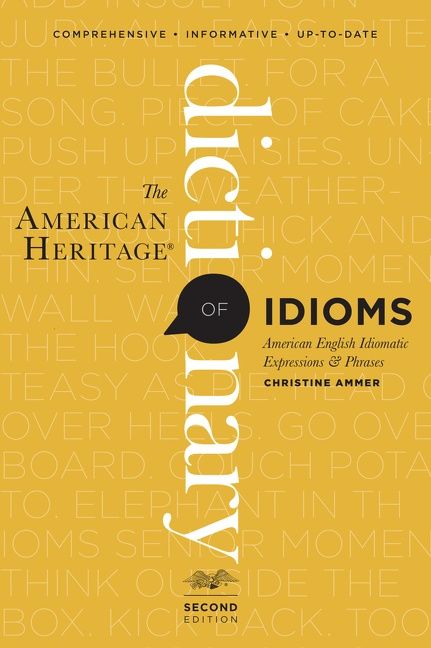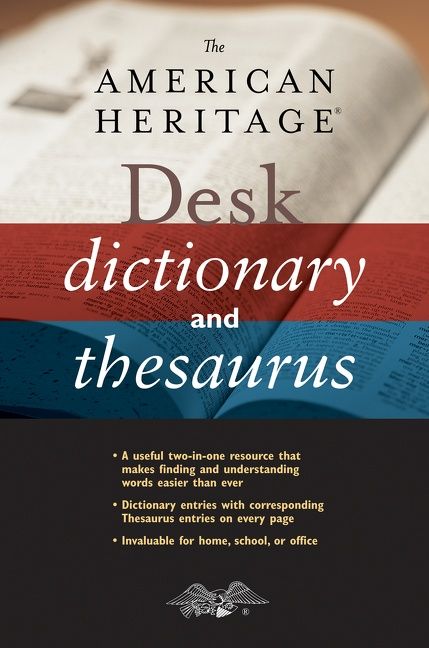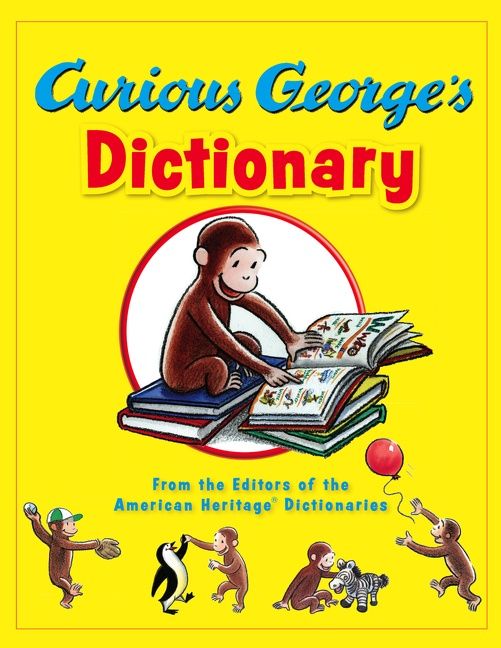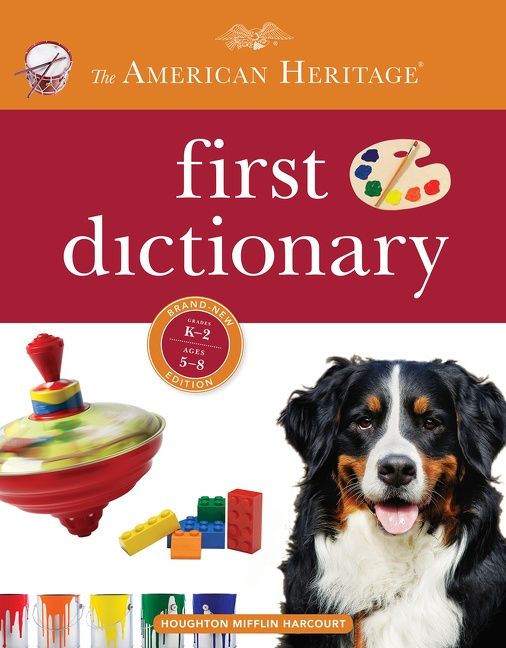n. 1. A hand tool consisting of a handle with a head of metal or other heavy rigid material that is attached at a right angle, used for striking or pounding. 2. A tool or device similar in function or action to this striking tool, as: a. The part of a gunlock that hits the primer or firing pin or explodes the percussion cap and causes the gun to fire. b. Music One of the padded wooden pieces of a piano that strikes the strings. c. A part of an apparatus that strikes a gong or bell, as in a clock. 4. Sports A metal ball weighing 16 pounds (7.2 kilograms) and having a long wire or wooden handle by which it is thrown for distance in track-and-field competition. 5. A small mallet used by auctioneers. v. ham·mered, ham·mer·ing, ham·mers v.tr. 1. a. To hit, especially repeatedly, with a hammer; pound. See Synonyms at beat. b. To strike forcefully and repeatedly: hooves hammering the ground. c. To assault with military force: hammered the position with artillery shells. 2. a. To beat into a shape with a hammer or similar tool: hammered the metal into a goblet. b. To accomplish or produce with difficulty or effort. Often used with out: hammer out an agreement. 3. To put together, fasten, or seal, particularly with nails, by hammering. 4. To force upon (someone) by constant repetition: hammered the information into the students' heads. 5. a. To cause harm, loss, or difficulty to (someone), especially repeatedly: investors hammered in the bear market. b. To defeat soundly: got hammered in the playoffs. c. To attack verbally: a politician hammered in the press v.intr. Idiom: 1. To deal repeated blows with or as if with a hammer; pummel: "Wind hammered at us violently in gusts" (Thor Heyerdahl). 2. To undergo beating in the manner of a hammer: My pulse hammered. 3. Informal To keep at something continuously. Often used with away: hammered away at the problem. under the hammer For sale at an auction. hammer·er n. |
The American Heritage® Dictionary of the English Language, Fifth Edition copyright ©2022 by HarperCollins Publishers. All rights reserved.


